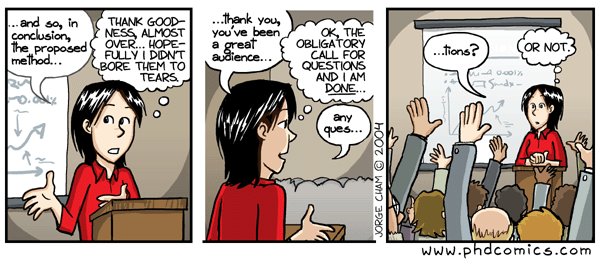From the 3rd to the 5th of July, the Royal Geographical Society held its Annual Conference in Edinburgh. It was an honour and delight to attend, not only for finding like-minded scholars, but to see the interesting research everyone is doing. In my own research, albeit early days, I’m looking at how to efficiently and effectively teach GIS to interdisciplinary teams in graduate level research; although I have a solid background in GIS, I still have much to learn about teaching in higher education. The sessions held by the RGS’ Higher Education Research Group were inspiring and I definitely plan on attending their future events.
Outside of going to as many sessions as I could do, I was also there to chair one, with the support of my supervisor, Dr. Claire Ellul. Our session, titled “Geography in Interdisciplinary Research: Threat or Opportunity”, brought together speakers from around the UK to recount on the challenges and successes they’ve had in their own interdisciplinary research projects. This included Dr. Scott Orford (Cardiff University), Professor Catherine Hennessy (University of Plymouth), Dr. Christopher Boyko (Lancaster University), Kim Hagen (The Open University), and Ed Sharp (UCL). Interdisciplinary research is a difficult balancing act, where you have to establish a common dialogue with those from other disciplines, allow extra time for learning about those fields, and all the while making sure to fulfil the requirements of your own. Some emerging themes from the session were as follows:
• Researchers need to learn the nuances of the other disciplines involved in a project in order to properly appreciate their analytical methods.
• It is important to find a central theme to link the disciplines involved on a project together.
• Adjusting to different aspects of an interdisciplinary project, in particular the technologies utilised, can be daunting, but it is important to push through it and not be discouraged.
• Interdisciplinary research can mean different things to different people; the expectations and outputs should be agreed upon early, and regularly revisited.
• Continual interaction and communication is extremely important to build formal and informal ties with the different researchers.
As a researcher involved in a few interdisciplinary research projects, in particular Adaptable Suburbs and Extreme Citizen Science (ExCiteS), all the experiences shared have been extremely helpful and I hope to incorporate the lessons learned. Through improving upon and continuing to push forward with interdisciplinary research, we can hope to make something better, together, than we could do on our own.
